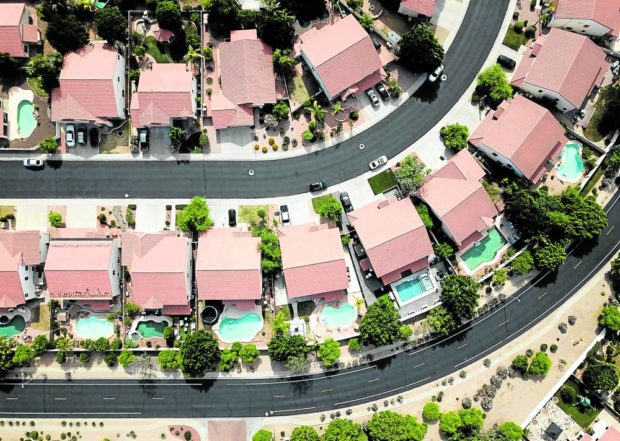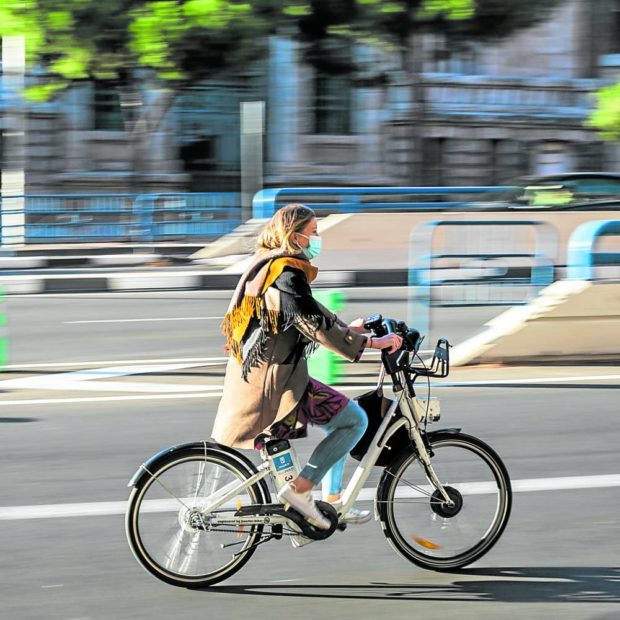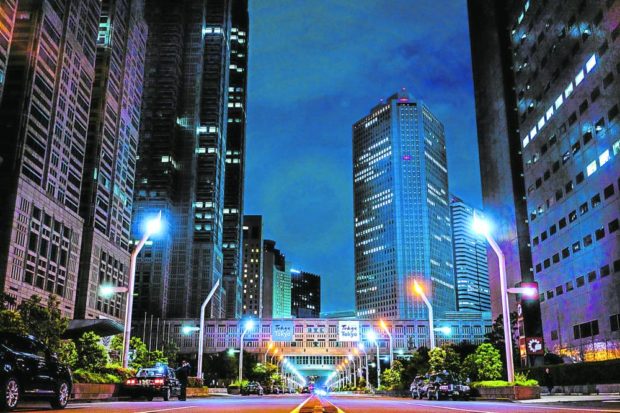Smart subdivisions
The recent advances in information technology and communications have prompted a desire to update the housing industry, one of the oldest and most conservative industries.
As we strive to develop new ways to structure our cities, there has been much interest in smart cities, which allows for the collection of data and information that could help decision makers better serve residents.
What a smart city meansThere has been a growing discussion on what a smart city means. Technology and connectivity are no longer unique components of a smart city but rather a basic need for any community. Sustainability is another progressive component that has been embraced by almost everyone as the greatest challenge of this generation.
A smart community must thus go beyond the basics and seek out ways to improve upon the core needs of sustainability and connectivity.
A few features can better describe a smart city. It is hyperlocal, emphasizing personal mobility and the availability of diverse urban features within the immediate reach of its residents. These include not just work places, open spaces and parks, but also key urban amenities for education, recreation and leisure.
A smart city is resilient and sustainable. It makes use of its climate and geography to create a better human environment. These contextual elements will always determine how a city grows. Taking advantage of this natural context allows a city to grow more harmoniously and sustainably.
The most distinct and least considered component though of a smart city is its flexibility—its ability to adapt to whatever need or purpose its residents require. This flexibility can be predetermined by use of a flexible policy structure such as building codes and city ordinances. It can be expanded by emphasizing diverse populations and building types.
Smart subdivisions
The boundaries of Metro Manila are dominated by sprawling subdivisions that continue to expand as the population grows. How do we turn these new communities into smart subdivisions?
A smart subdivision needs to emphasize connectivity not just through the availability of broadband connections, but by creating open access points such as free WiFi stations so residents will have a basic online presence. These can be incorporated and spread out in pocket gardens and playgrounds throughout the subdivision.
A smart subdivision needs to prioritize personal mobility. Subdivisions often have poor sidewalks and lack proper pedestrian paths. The planning of better pedestrian paths and bike lanes can be enhanced by making the routes smoother and more desirable with the introduction of greens and points of interests such as play installations and interactive urban elements.

A smart city makes use of its climate and geography to create a better human environment. —Christin Hume/Unsplash
Sustainability can be introduced by addressing water scarcity via the collection of runoff water that is abundant with the high percentage of paved roads. These road surfaces can also introduce sealed and other porous features that would allow the replenishment of our groundwater. Solar energy can be harnessed with the use of smart meters and flexible pricing.
Smart subdivisions can be part of a healthy growing metropolis by becoming more flexible and diverse. Zoning can be introduced to allow changes in density and typology as development dictates. This will allow the development of workplaces and service providers in these subdivisions as the economy grows.
Diversity
Smart subdivisions can encourage a more diverse population by incorporating a diversity of housing types and economic models. Multifamily dwellings can be mixed with single family dwellings. Leasing structures can be introduced to diversify and widen the target base and demographic.
Cooperative district planning of smart subdivisions should be introduced to allow for higher level urban amenities such as schools and hospitals. Shared access will meanwhile allow for more diverse urban amenities and less replication and redundancy of typical subdivision amenities.
Smart subdivisions can be a positive urban component and serve to spearhead much needed changes in our urban condition. Much of the changes that a smart subdivision could incorporate only requires careful planning and cooperation. Further study of how better synergies could be developed would lead to more positive conditions as better planning is incorporated.


